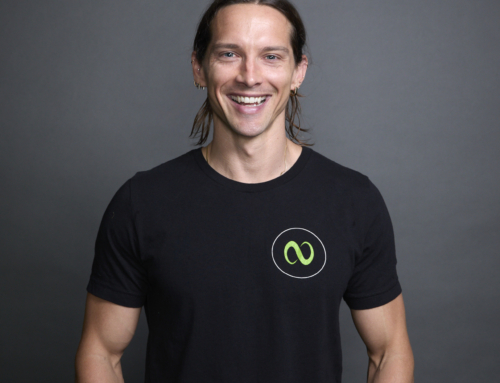At Nimble Fitness, we know that effective goal-setting is one of the best tools you can use in improving adherence to your training program. We like to use the SMART acronym to achieve success in training.
Being SMART means really considering your goals ahead of time and successfully integrating those goals into your health and fitness regimen.
So, how does this work?
First the S: Make your goals specific, so it’s clear where your training is headed over the micro, meso and macro aspects of your life.
For example, the micro might be training to have the endurance to make it around the block, run a mile or run a marathon. The meso might be preparing for that camping trip this summer you know will have some big hikes and backpacks involved. Then the macro might be visualizing the fitness you desire for your last decade of life. These are just examples, be specific and have fun with setting these goals for yourself.
The M is for making your goals measurable. If your goals are strength-related, keep track of your resistance level and your volume. If your goals are sports related, come up with standards of training so you can measure progress. For instance, setting a goal of “being a better runner” is not as effective as a goal of reducing your running pace from 10 min to 9 min miles. This practice is good for the short and long term in your training.
The A stands for Attainable or Actionable and both words are relevant in reaching goals. Making goals attainable is important, especially when beginning a training program. It’s important to make this step in alignment with your current level of conditioning and fitness. You should also be able to take immediate action towards success.
R is for Relevant: are your fitness goals in line with your lifestyle and abilities? Having relevant goals helps your mind maintain focus and attraction. By attraction I mean the energy that gets us out of bed to get that workout in, even when we really don’t want to—that’s only going to happen if your goals are realistic and in front of you. Running a marathon doesn’t start with running a marathon. It starts with short runs. Relevant goals can also be spread out over time. The initial goal might be to simply make it up the stairs or around the block! Play with your own goal-setting and start with ones that are an arms length away.
Lastly we have the T : Time-Sensitive. If you ask yourself, “What are the blocks that might keep me from achieving my goals?” You might find that time factors in quite a bit. Do you have habits that steal time away from exercise? Maybe you start and stop because your schedule doesn’t work, or you get injured every time you try to step your training up? You should also have deadlines or goal dates to keep your progress on track. All of the above ideas play a role in helping us achieve our health and fitness goals.
A few years back, I noticed that I was slipping in to a “just get through it” exercise mindset. It showed in my body and my results. I realized I had to start treating myself like one of our clients at Nimble Fitness. That meant going down the SMART list for myself and making sure I was checking all the boxes!
I realized the biggest challenge for me was the T: time. I was over-scheduling myself. I had to change the way I scheduled my personal workouts and when I got those in. I changed my training “off-day” to the highest volume work day and started scheduling my own workouts in, like I am my own client!
I encourage you to take the time to think about these very important aspects to training and goal setting. You will reap the rewards.
Namaste,
Daniel



